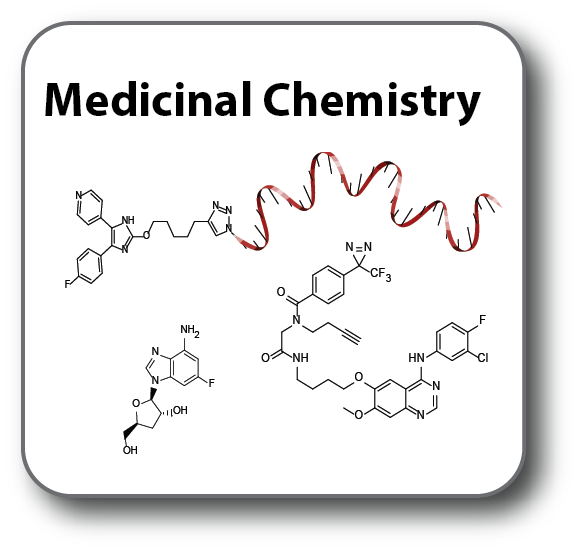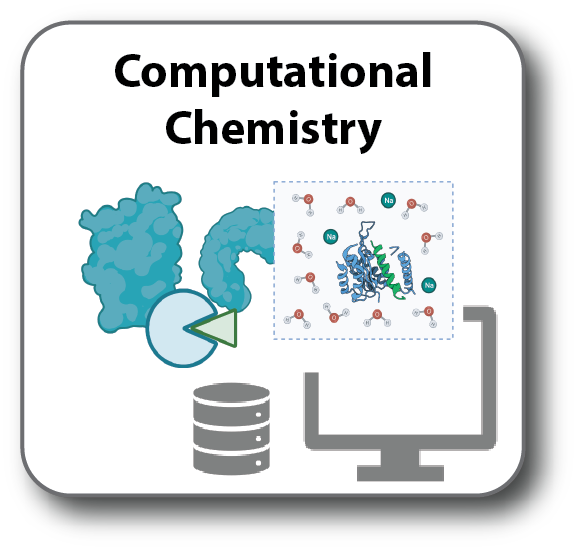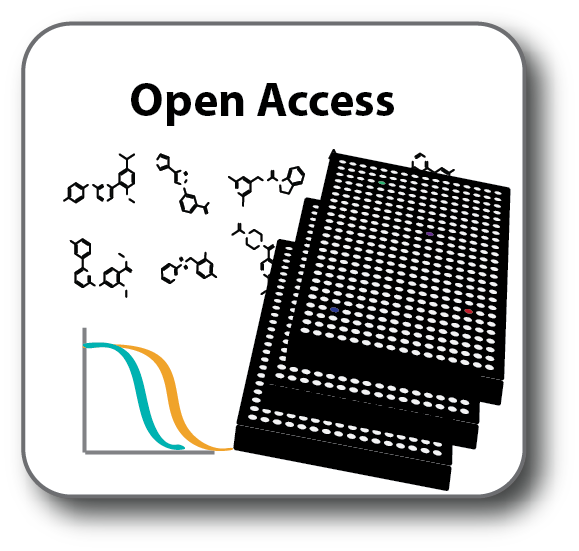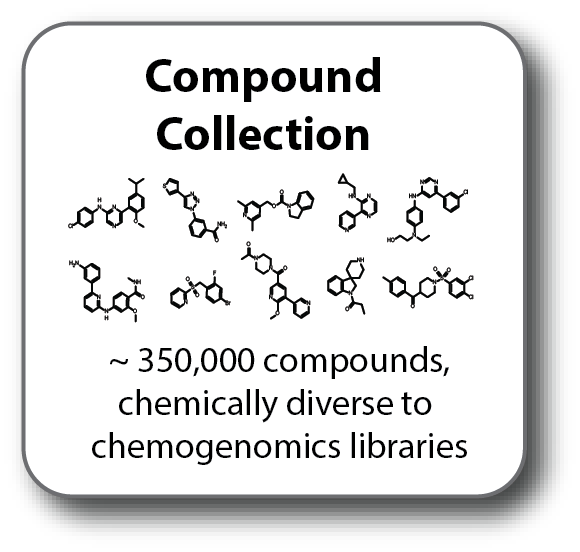Unique assays developed in relevant biological environments are the first step toward investigating small molecules. Through collaboration and support, CBCS assists in designing and optimizing robust assays tailored to specific research needs. Whether developing precise biochemical assays or harnessing the power of cell-based models, CBCS offers the tools to facilitate effective hit identification. CBCS can assist with this and the highly specialized process of transferring a bioassay from lab-scale to microtiter-based formats, capable of being robustly screened in 96 and 384-well formats. Below are a few examples of assay technologies and detection methods CBCS has experience with.
Target-based assays (enzymatic, GPCRs, Ion channels)
Phenotypic/cell-based assays with readouts such as
cell viability
signalling pathway activity
gene and protein expression
protein localization
morphological changes
Protein-Protein Interactions
Reporter-based assays
Tm-Shift
CETSA® – a patented and trademarked technology platform exclusively controlled by Pelago Bioscience, that can be used for academic/research purposes.
High Throughput/High Content Microscopy/Imaging
AlphaScreen
TR-FRET (HTRF. LANCE)
Fluorescence Polarization
Fluorescence Intensity
Luminescence and Absorbance
A wide variety of model systems
Our dedicated staff has experience working with various established cell lines, primary cells and more exploratory assay environments. Primary mouse epithelial fibroblasts/ bone marrow-derived mast cells, human patient-derived cancer cell populations, human pluripotent cells, spheroids and organoids. We also have capabilities allowing for screening of whole organisms, such as C. elegans, Zebrafish, fungi and plants, as well as bacteria of biosafety levels 1, 2 and 3.
High-throughput Screening
Our well-equipped and flexible facilities can accommodate medium- and high-throughput screens. Since 2010, we have performed hundreds of screens and smaller projects in our facilities in collaboration with our investigators. These have ranged from studies of isolated biochemical targets to advanced primary cellular systems, phenotypic and high-content screens, plant biology, and whole organism screening in infectious diseases and cancer.
Performing a high-throughput screen is daunting and requires diligent and thorough preparation. CBCS utilizes a flexible screening platform based on multiple workstations providing automated liquid handling, transfer, dispense, and analysis, rather than an integrated full-scale HTS system. This allows flexibility to accommodate a broad range of screening technologies and sizes.
Biosafety Level 3 (BSL3) Facilities
Projects involving high-risk pathogens and infectious diseases require specialized approaches, tools, and facilities. This controlled environment allows researchers to study the interactions between potential therapeutics and pathogens, facilitating the development of treatments and insights into host-pathogen interactions. Read more…
High-content screening
… allows the analysis of multiple cellular parameters simultaneously. By combining automated imaging with quantitative analysis, HCS enables detailed insight into compound effects and cellular responses. CBCS offers top-quality HCS microscopy facilities to support your project.
Virtual Screening
Using computational methods and molecular modelling, virtual screening enables researchers to screen virtual compound libraries against target structures. This approach helps identify potential hits and prioritize compounds for experimental screening. However, virtual screening does not eliminate the need for a robust experimental assay to verify the hits. CBCS supports developing your assay and subsequent computational expertise performing the virtual screen.
Learn more about assay development and screening
If you are interested in the basics of high throughput screening (HTS) and want to know more about what different assays there are, we recommend you to register to our web-based 2 ECTS course “Introduction to high-throughput screening”. This course gives you a solid ground when you want to start to develop an assay for your own research question, as well as gives you the necessary terminology used in HTS. The course is entirely web-based and you can study at your own pace.









